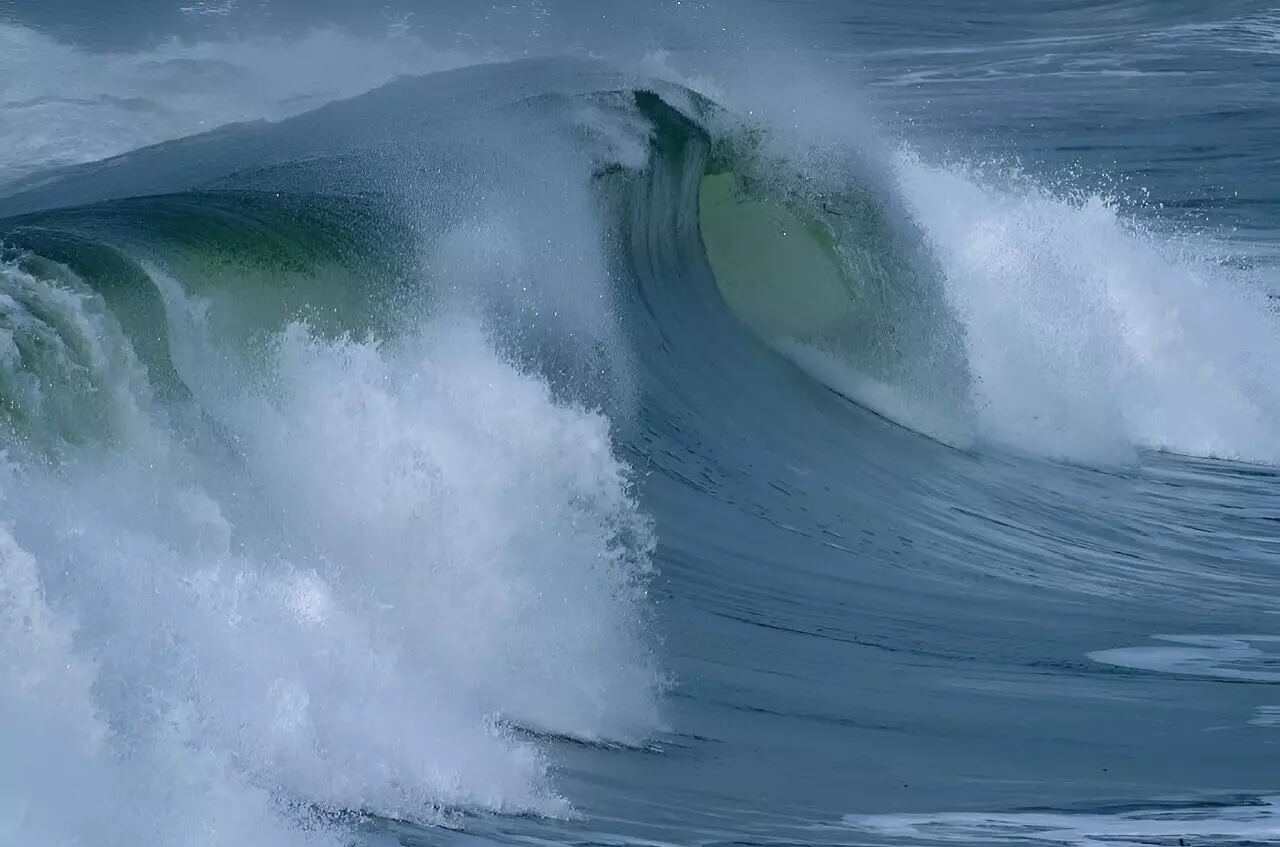Rogue waves, the unpredictable giants of the ocean, pose significant threats to seafaring vessels and offshore operations. These towering waves, sometimes exceeding 30 meters, emerge seemingly out of nowhere, often creating perilous conditions for ships that are not prepared. Traditionally, the maritime community has struggled with the unpredictability of these phenomena, leading to catastrophic outcomes. The recent development of a predictive tool offers a glimmer of hope for improving safety at sea, marking a significant advancement in oceanography and marine technology.
Innovative Neural Network Approach
Researchers Thomas Breunung and Balakumar Balachandran have unveiled a groundbreaking approach that employs advanced neural network technology to predict the occurrence of rogue waves. The tool, capable of forecasting these dangerous waves up to five minutes in advance, represents a significant leap forward in our capabilities to safeguard maritime activities. By analyzing a dataset comprising 14 million samples of sea surface elevation gathered from 172 buoys, the neural network learned to discern patterns associated with rogue wave formation. This methodology highlights not just the potential of artificial intelligence but also its practicality in addressing real-world challenges.
Impressive Accuracy Metrics
The findings from the study published in *Scientific Reports* underscore the tool’s remarkable accuracy. With a striking 75% success rate in predicting rogue waves one minute into the future and 73% at the five-minute mark, the implications of this research are substantial. Perhaps most notably, the tool maintained an impressive predictive capability—75% accuracy—when tested at buoys not used during the training phase. This adaptability suggests that the technology could be scaled and utilized in various geographical locations, enhancing safety protocols across international waters.
Future Enhancements and Implications
While the initial results are promising, the authors indicate several avenues for improvement. By integrating additional data dimensions—such as water depth and wind speed—alongside the buoy measurements, the predictive power could increase significantly. This could pave the way for not just identifying the presence of rogue waves but also forecasting their height and onset timing, thus providing critical information for vessels and offshore installations to take actionable steps. The future of marine safety could very well hinge on such advancements.
A New Era in Maritime Technology
Incorporating cutting-edge AI technology to tackle age-old maritime threats represents a new era in our approach to ocean safety. This tool not only empowers ship captains and offshore workers with potentially life-saving information but also sets the stage for further innovations in maritime prediction technologies. With continued research and development, we might move closer to the ultimate goal: a world where sailors can navigate the seas with confidence, fully informed about the unpredictable nature of the ocean. The journey to safer seas may have just begun, but the momentum is undeniably in favor of a future brimming with potential.


Leave a Reply